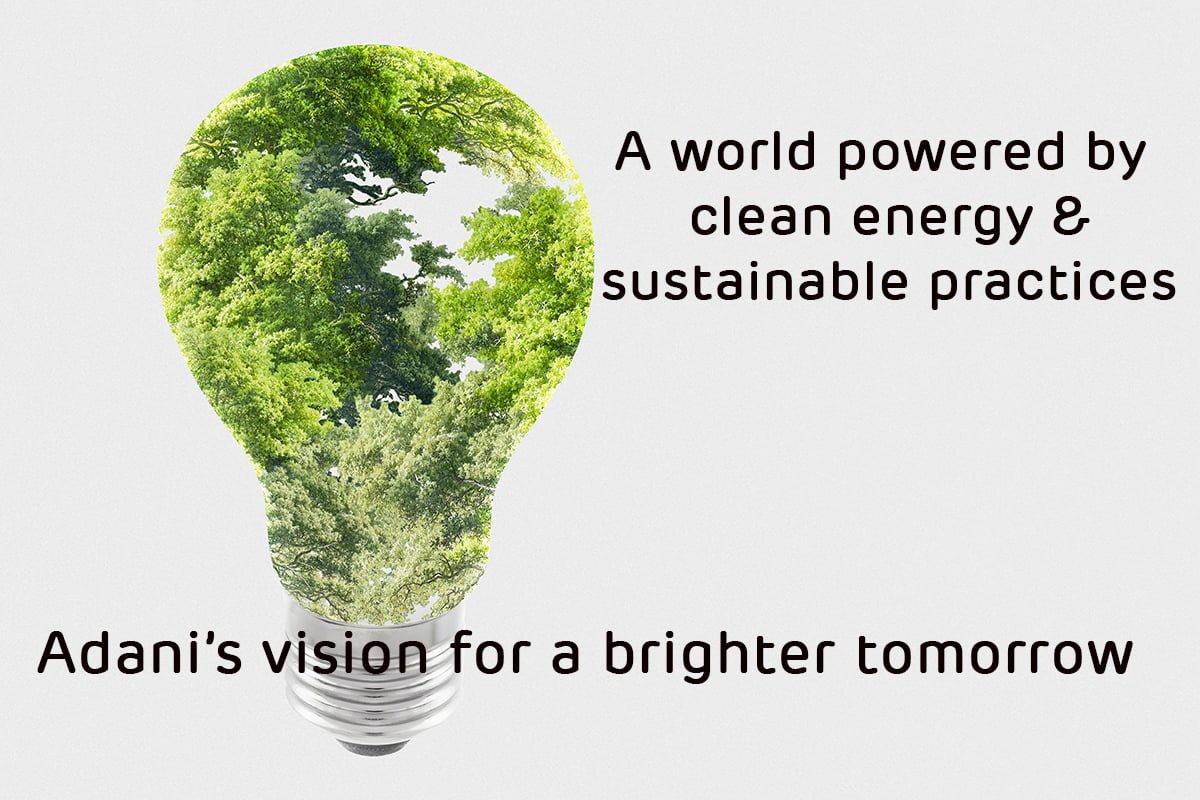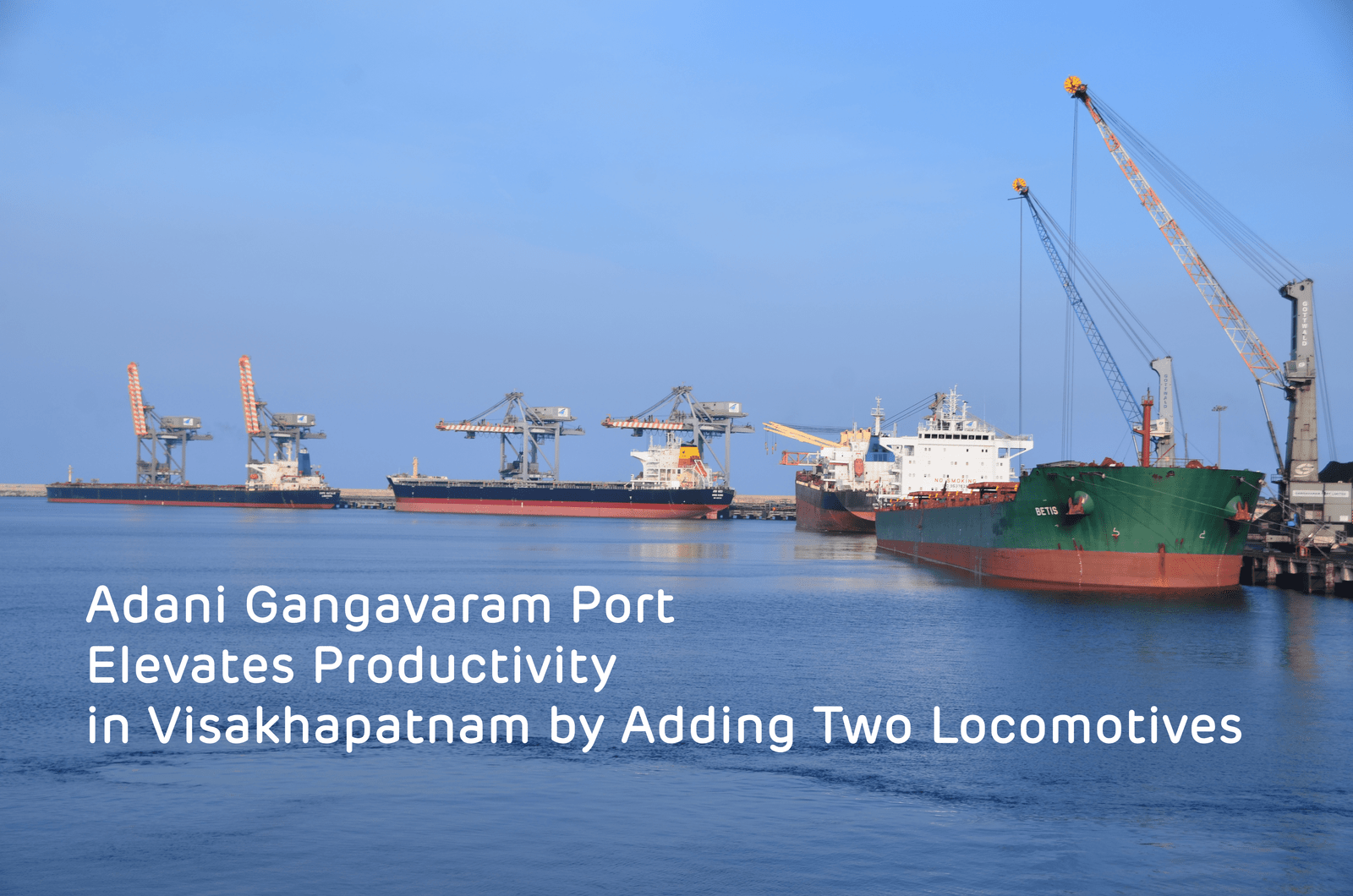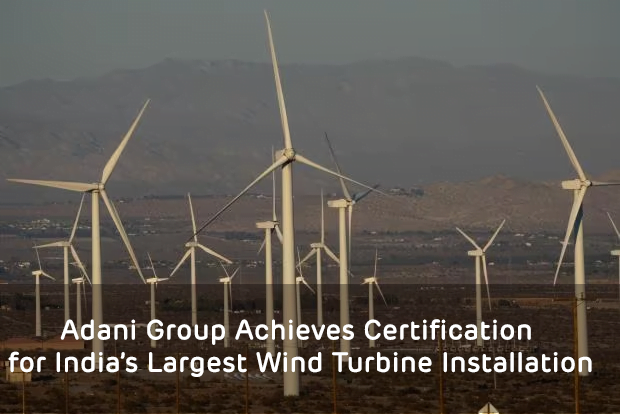The India growth story continues unabated. If we look at different projections, all point towards a positive outlook. One positive indicator is the increase in cargo volume handled at the ports. The rise in volumes is a sign that the nation’s economy is picking up. As almost 95% of the cargo is moved through maritime transport, it is necessary to have world-class mega ports on the Indian coastline that spans around 7,500 km. Of the ports dotting the coastline, Adani’s ports and terminals have registered a remarkable growth. Ever since it began operations over 25 years ago, Adani Ports and Special Economic Zone (APSEZ) continues to outperform all-India cargo volume growth, with its market share rising rapidly.
All was not hunky dory though. Things changed in 1991 with the then Prime Minister P.V. Narasimha Rao and Finance Minister Manmohan Singh initiating sweeping economic reforms. Like many other entrepreneurs, Mr Gautam Adani, too, was a beneficiary of those reforms. Ports, an important sector, faced challenges that prevented growth. As per a report, the government adopted measures for developing the port sector, including the introduction of the Maritime Agenda aimed at bringing Indian ports on par with international ports in terms of performance and capacity.
In Gujarat until 1995, when Keshubhai Patel became the Chief Minister, all development was around NH-8 from Mumbai to Delhi via cities like Vapi, Ankleshwar, Bharuch, Silvassa, Vadodara, Surat and Ahmedabad. Being a visionary, Keshubhai focused on coastal development. It was the policy change introduced by him that took Gautambhai to Mundra and prompted him to build his first port. Through concession agreements with various government authorities, Adani Ports has strategically built a string of ports across the coastline of India along with ICDs (inland container depots) and warehouses, woven intricately with self-owned rakes, covering more than 70% of the hinterland.
The company has seen growth year-on-year at container terminals because of its efficient infrastructure, which not only helps the country increase its share in global trade but also makes it easier for consumers to have access to a wide range of international products at reduced costs. Also, lower logistics costs allow Indian businesses to export goods around the world, boosting the domestic economy and raising the employment rate of Indians. The engagement with container lines and the resolve to deliver on commitments has led to more new services at its terminals, resulting in a rise in volumes.
For instance, mechanized infrastructure and operational planning helps vessels berth without delay. This means if a vessel carrying fertilizer berths at Mundra Port, it does not have to wait for a long time. Fertilizers are removed quickly, followed by fast bagging and loading onto rakes with minimum wastage. This helps in the delivery of fertilizers to farmers round the year, resulting in growth in agri exports due to India’s record high foodgrain production.
Mundra is the jewel in the company’s crown. With the focus on improving operational efficiencies along with customer-oriented initiatives, it has achieved remarkable feats and created new benchmarks. As a result of the confidence shown by long-time customer Maruti Suzuki India Limited, it handles a high RO-RO volume of cars. Hazira has also been continuously witnessing sustained a growth in chemical volumes year-on-year due to its proximity to the chemical hub of India.
The ability to handle and ship large goods not only significantly impacts revenue at ports but also makes them attractive to major shipping lines. The company’s strategic partnership with the world’s largest shipping lines like MSC and CMA- CGM, the country’s largest container vessel APL Raffles and the deepest draft container vessel MSC Washington has strengthened its leadership position. Shipping larger quantities in a single shipment is very cost-effective. The foresight to maintain deep draft ports (cape-enabled) enables customers bring in larger vessels, lowering their overall logistics cost. Krishnapatnam Port has handled capesize vessels like MV NS HAIRUN carrying iron ore. Being the leader in container business is no mean feat!
At a time when the country’s electricity demand is at an all-time high, Adani Ports has risen to the occasion and handled the sudden surge of imported coal volumes flowing to India. In line with the government’s vision of RSR (Rail-Sea-Rail) movement of domestic coal, it has begun offering coastal coal export solutions through Gangavaram Port.
Ports are dynamic and an inevitable part of the transportation system, driving the nation’s economic growth. As trade expands and becomes more diverse, there will be an increasing need for ports and trade infrastructure.










